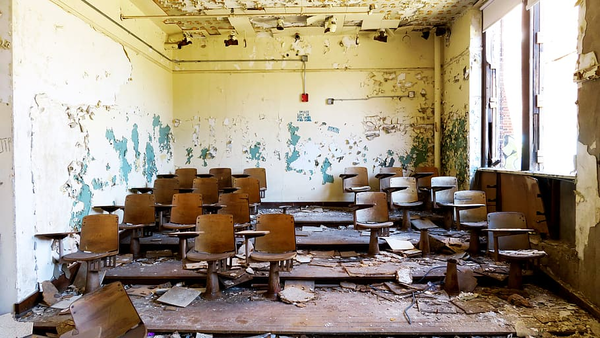 The frequency of student absences in the United States has risen significantly compared to pre-pandemic levels, with high-poverty schools facing particularly alarming rates.
The frequency of student absences in the United States has risen significantly compared to pre-pandemic levels, with high-poverty schools facing particularly alarming rates.
In a new study using 2021–22 school year data from the U.S. Department of Education and published by Attendance Works on Friday, it was revealed that nearly 30% of students — approximately 14.7 million — faced chronic absence, significantly affecting the learning experience for those who did attend school.
“When chronic absence reaches high levels, the educational experience of peers, not just those frequently missing school, is also affected. National assessment data for 2022 show these increases in chronic absence are associated with significant declines in student achievement and threaten efforts to recover from the pandemic,” the study noted.
In the 2021–22 school year, big cities experienced a notable increase in extreme chronic absence, with 60% of schools affected, compared to 23% before the pandemic.
The study says that around 5.3 million students facing chronic absence live in big cities, 5.1 million live in the suburbs, 2.6 million live in rural areas, and smaller towns have 1.5 million, with chronic absenteeism affecting students of all ethnicities despite location.
However, schools located in high-poverty areas, in which 75% or more of their students receive free or reduced-price lunch, experienced a notable surge in chronic absenteeism, reaching 69% during the 2021–22 school year, compared to 25% before the pandemic.
Overall, a third of U.S. school districts had more than half of their schools facing extreme chronic absence, which means students missed 10% or more of the total enrolled days in the school year for any reason, including sick days, suspensions, or plain old skipping school.
RELATED: Nationwide tutor shortage leaving parents, students struggling
Written by Andrea Diaz for Scripps News ~ November 17, 2023
